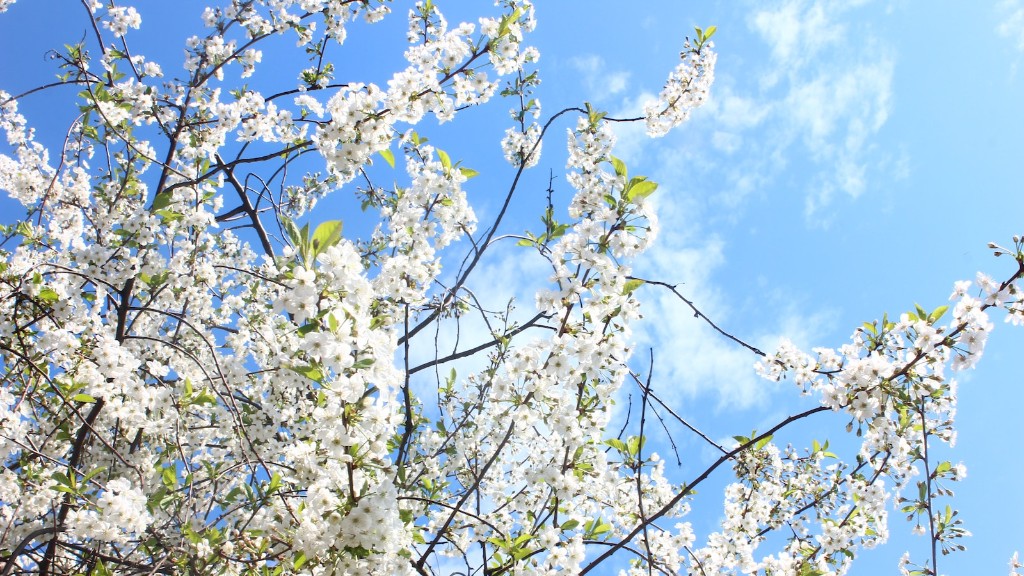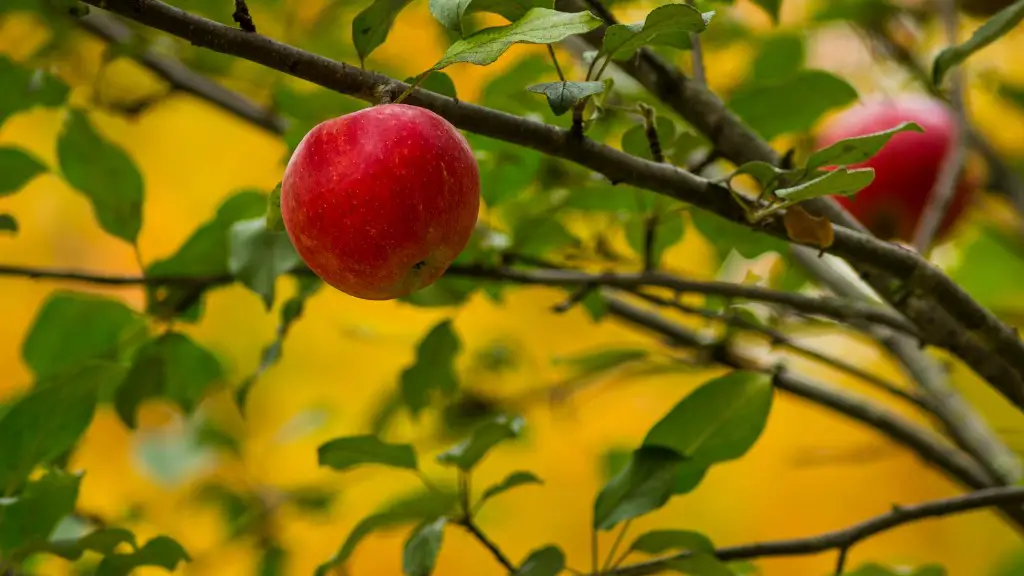Background information
Avocados are one of the most popular fruits in the world, and for good reason – they are nutrient-dense and delicious! While it may not be immediately obvious, the avocado pit – or seed – is also incredibly useful, as it can be used to grow a new avocado tree. Growing an avocado tree from the pit requires some knowledge and patience, but can be a fun, rewarding experience.
Germinating the Pit
Before you can grow an avocado tree, the pit needs to be “germinated,” or sprouted. Fortunately, this can be done relatively easily. To begin, you should rinse and dry the pit. Gently remove any flesh that may be stuck to it, then scrape a few shallow grooves into the side with a knife. Next, select a container for the pit and fill it with water. You can use either a jar, glass, or other container that can hold the pit in an upright position. Once the container is filled, place the pit in the water. Change the water every few days to keep it from becoming stagnant. After a few days, you should see the pit increase in size and eventually split in half to reveal a delicate sprout.
Transfer to Soil
Once the pit has sprouted and grown a few inches, it is time to transfer it to soil. This is a very delicate process, so be sure to do it carefully. Select a pot with drainage holes at the bottom, and fill it with moist, nutrient-rich potting soil. Place the sprouted pit in the soil and lightly cover it with soil. Water the area thoroughly, and make sure you keep the soil moist. It is important to note that avocado trees need bright, indirect light, so choose a sunny spot for the pot.
Waiting as it Grows
Once you’ve potted the sprouted pit, all you can do is wait and provide the necessary care. Depending on the climate, avocado trees can take two to five years to bear fruit. However, it is not necessary to transplant the tree in that time. You can keep the tree in a large pot or planter for several years until it is big enough to move outdoors.
Tips for Fertilizing and Pruning
Like any plant, avocado trees require proper care in order to thrive. Be sure to fertilize your tree every few months and prune it regularly to promote healthy growth. Pruning is especially important on avocado trees, as they tend to become leggy and lopsided without regular trimming.
Reaping the Rewards
After a few years of waiting, you will finally be able to enjoy the fruits of your labor. Avocado trees can produce hundreds of fruits each year, so be sure to ask your friends and neighbors to help you gather them all! Just be sure to harvest the fruits before they become overripe, as a bad batch can spread quickly.
Health Benefits of Homegrown Avocados
Homegrown avocados are not only delicious, but they are also incredibly nutritious. Avocados are packed with healthy fats, vitamins, and minerals, making them a great addition to any diet. They are also high in antioxidants, which help protect against free radical damage and inflammation.
Growing Locally and Sustainably
Growing an avocado tree is not only a rewarding experience, but it is also a sustainable, eco-friendly endeavor. By growing your own food at home, you can reduce your carbon footprint, save money, and support local farmers. Plus, homegrown avocados are free of potentially harmful chemicals and preservatives found in store-bought fruits.
Friendly Advice from Experienced Growers
The best way to learn how to grow an avocado tree is to ask someone who has done it before. Experienced growers can offer valuable advice on how to properly germinate, pot, and care for your tree. Additionally, they can share tips on how to extend the growing season and reduce common avocado pests.
Common Problems and Solutions
Despite their popularity, avocados can be tricky to grow and maintain. Without the proper care, trees can develop root rot, soil-borne diseases, and a variety of other issues. If you notice any signs of distress in your tree, such as yellowed leaves or slow growth, it is important to take immediate action to resolve the issue.
Minimizing Risks to Your Tree
Avocado trees are not always easy to grow. In some cases, trees may be exposed to extreme temperatures, drought, and other environmental stressors. To keep your tree safe, it is important to understand the risks, to be prepared for any potential problems, and to protect it from any potential threats.
Protecting and Preserving Your Avocado Tree
In order to ensure the long-term health of your avocado tree, it is important to take appropriate measures to protect and preserve it. This includes providing adequate irrigation, selecting the right container or planter, and pruning and fertilizing as needed. Additionally, you should check your tree regularly for signs of disease or distress and take steps to address any issues.


